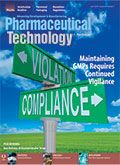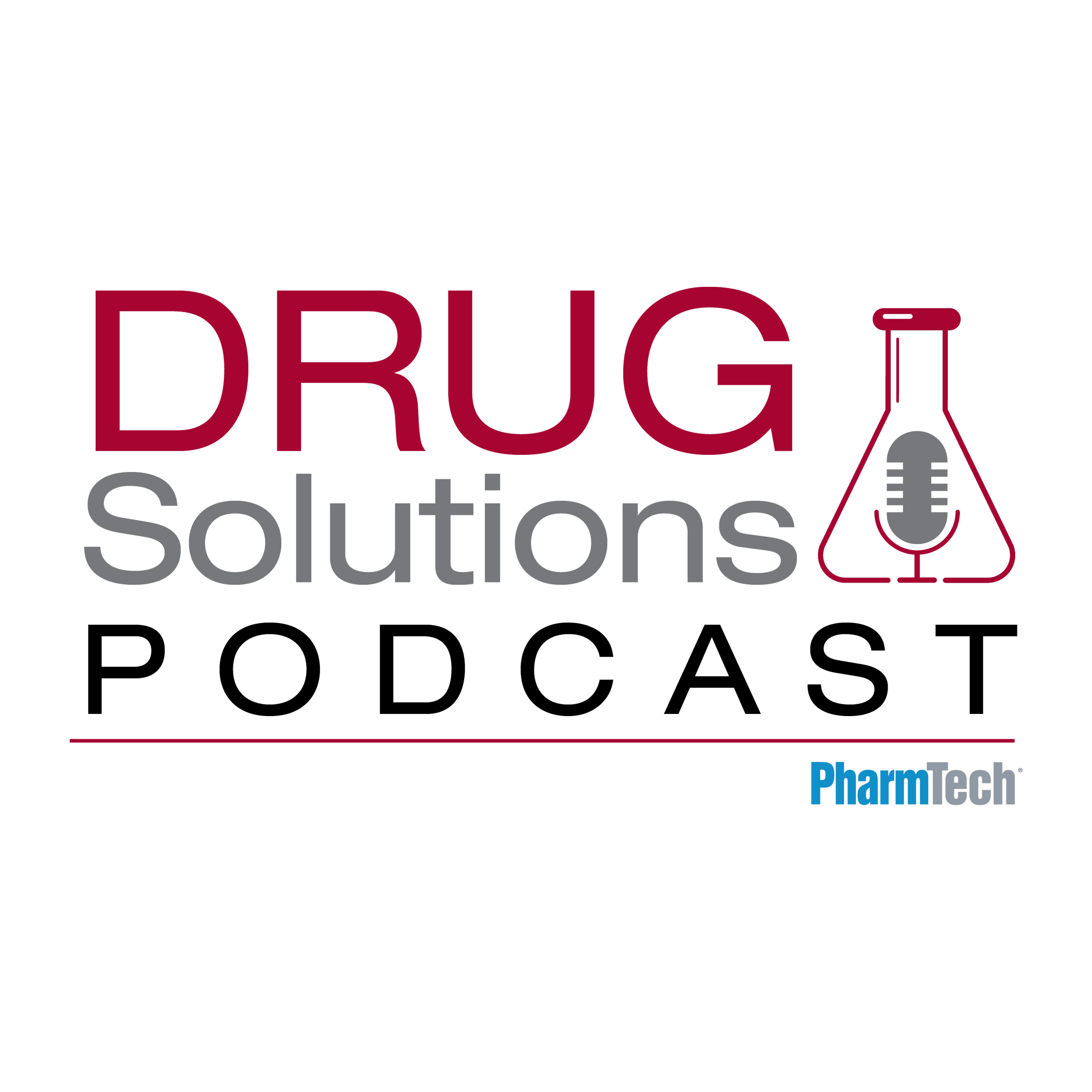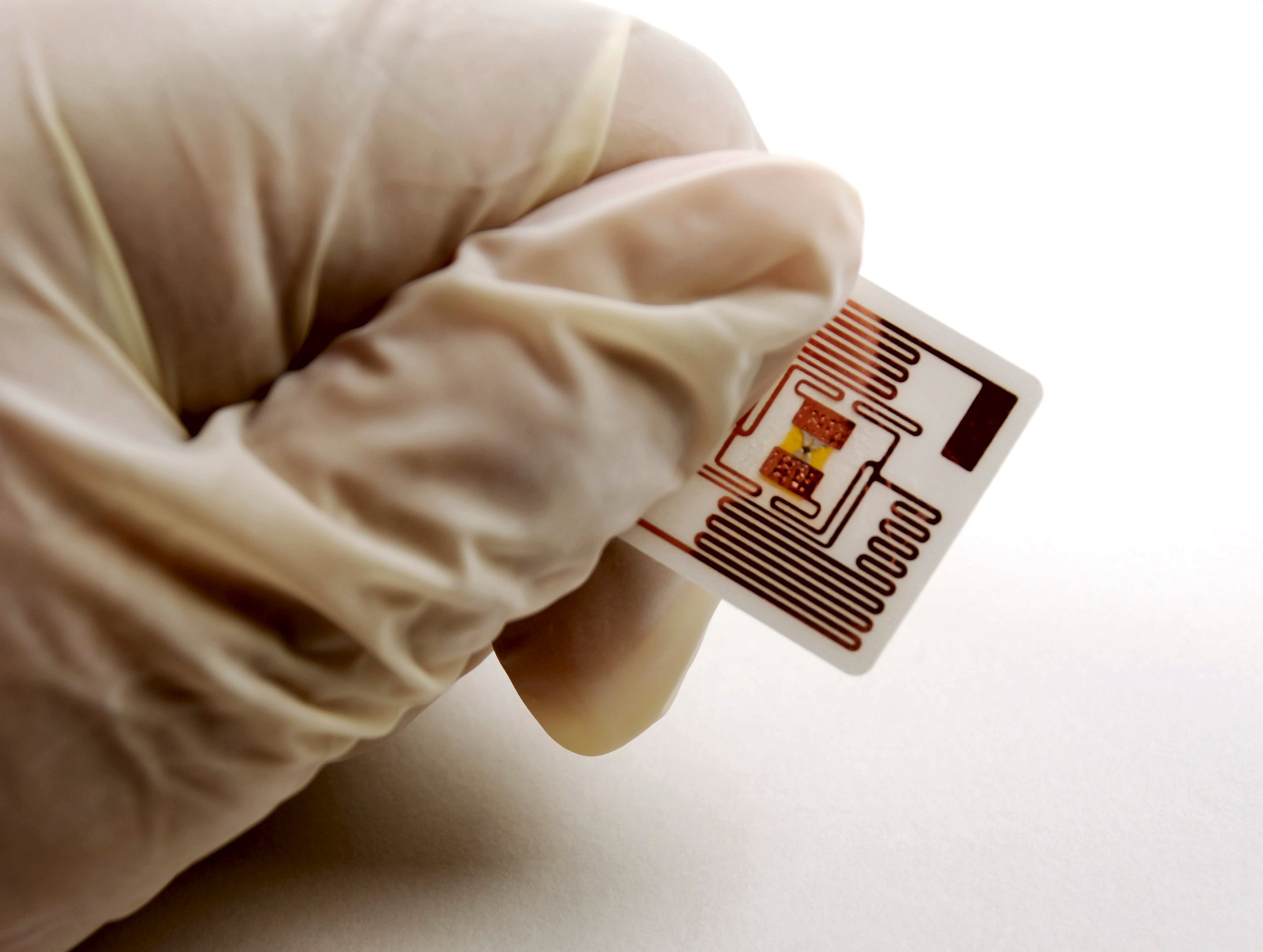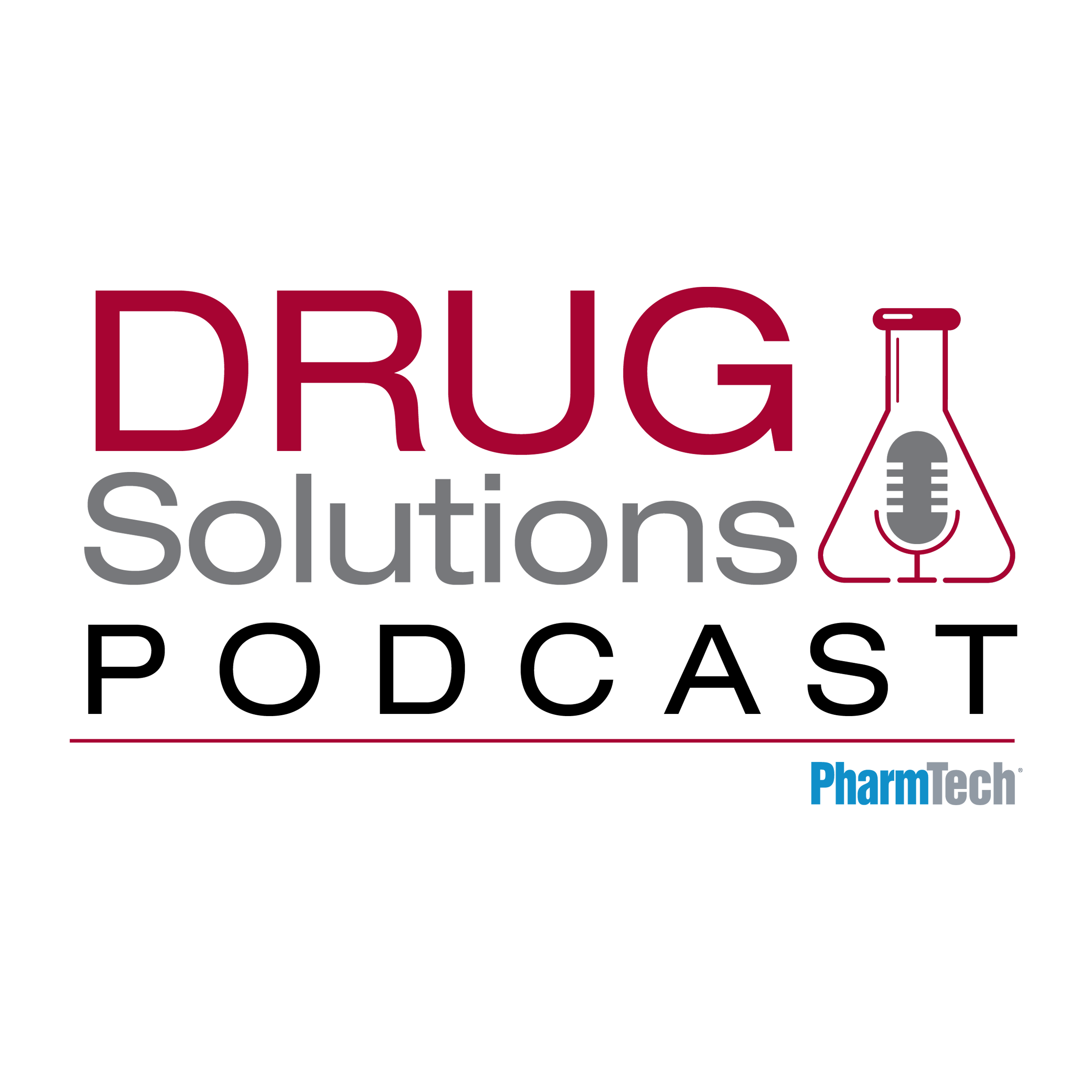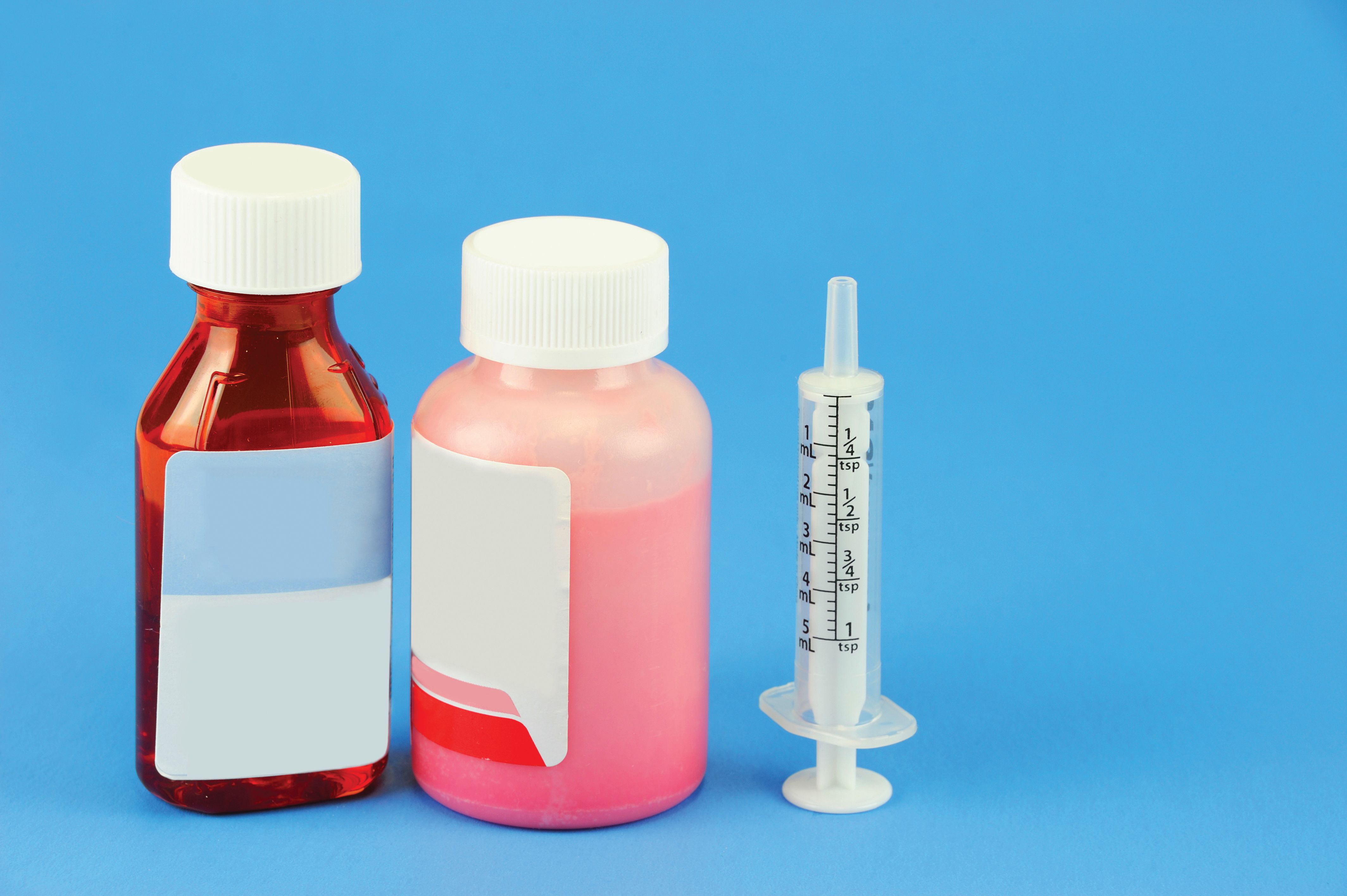News
Article
Pharmaceutical Technology
Fifteen Years of Progress: Biopharmaceutical Industry Survey Results
Author(s):
This article highlights 15 years of changes in biopharmaceutical manufacturing.
Since 2003, BioPlan Associates, Inc. has published an extensive annual survey of bioprocessing professionals. Since the first survey, which was started in collaboration with the American Society for Microbiology, critical bioprocessing issues have grown. The annual report has expanded to include 60 questions with nearly 500 pages of analysis and data (1,2). Manufacturing capacity issues have always been at the core of the annual survey, but as the industry has matured, the factors impacting capacity have become more complex.
This article highlights some of the significant changes in biopharmaceutical manufacturing (bioprocessing) that have occurred from 2003 to 2018. Most all of the changes in bioprocessing that have occurred over the past 15 years have generally been for the better. Examples of these changes can be found in Table I, which compares 2003 and 2018 survey data.
Table I. Comparisons of 2003 vs. 2018 annual survey data.

In retrospect, many of these trends were not always predictable, and some have gone counter to expectations at the time. Predictions of periodic capacity crunches, for example, have not materialized as the industry has matured. The industry has also become fairly effective at addressing production costs by developing efficient, more flexible processes.
Trends in adoption of diverse mammalian expression systems have also not materialized, as Chinese hamster ovary (CHO) cell lines have become the dominant expressions systems. In fact, nearly 80% of respondents now report their organization has mammalian manufacturing capacity, up from 54% in 2003. The percent reporting use of microbial has not increased much in 15 years. As discussed in the current annual report, companies prefer to concentrate on one or a few platforms to be applied to as many products as possible. Most have or are moving to adopt mammalian systems as their primary manufacturing platform. This move toward single-platform manufacturing is continuing, even when alternatives have been shown to be more cost effective.
Also unpredicted 15 years ago was the rate of adoption of single-use devices. While 15 years may seem a long adoption cycle, in the bioprocessing industry, where regulators are involved in most decisions, change comes slowly. At present, pre-commercial bioprocessing is now dominated (approximately 85%) by single-use systems. And much of the current growth in capacity involves single-use adoption at commercial scales.
Geographically, 15 years ago, the industry did not predict the rise in bioprocessing in developing regions such as China and Latin America. In a BioPlan survey of 100 participants at the BIO conference 10 years ago, China was noted nearly universally as an unacceptable potential partner in biopharmaceuticals due to the lack of intellectual property protection and the virtual absence of quality management systems. Today, many Chinese companies are expanding through biosimilars, contract manufacturing organization (CMO) partnering, and other means to reach Western markets. For example, China’s WuXi Biologics, a contract development and manufacturing organization (CDMO) with global reach, is investing $60 million to build a manufacturing operation in Worcester, MA, in addition to its plans to build a $392-million biologics facility in Dundalk, Ireland (3,4).
BioPlan has also reported data and trends for bioprocessing titers and yields over the past 30 or more years (5). Average commercial-scale titers have increased from estimated 1.1 g/L in 2003 to current 3.2 g/L, a nearly 300% increase. Also, during this period, the number of FDA-approved recombinant therapeutics has increased by approximately 400% (6,7). In 2017, FDA set a record for the number (31 approvals) and percent (93%) of approved biopharmaceuticals being recombinant-based compared with 18 approvals in 2003 and 69% for recombinant products (with 2003 a relative outlier in the early 2000s, with higher number of approvals).
Industry outsourcing views and practices have changed significantly in the past 15 years (8). Outsourcing or the use of CMOs or contract research organizations (CROs) has significantly increased. The percent of respondents citing any current outsourcing of manufacturing task has doubled, from 35% in 2003 to 70% in 2018. Similarly, the percent reporting outsourcing mammalian manufacturing tasks has increased 164%, from 44% in 2003 to 72% in 2018.
Capacity issues: Changes in 15 years
Back in the early 2000s, a significant shortage in capacity, a “capacity crunch,” was a major concern. With commercial manufacturing capacity then being tight, and in high demand, facilities were generally operating at much higher levels of capacity utilization rates than currently-79% overall in 2003 compared with 2018 rates of less than or equal to 60% overall and 63% for mammalian manufacturing. As discussed in the current report, having a lower-but still greater than 50%-capacity utilization rate is much healthier for the biopharmaceutical industry versus operating at high rates (e.g., the 79% reported in 2003). Process lines and facilities tend to become bottlenecked, and bioprocessing limited, when utilization rates approach and exceed 80%. The percent of respondents currently reporting severe or significant capacity constraints at their facility has fallen dramatically in 15 years, from 44% in 2005 to 20% in 2018. In 2018, lower percentages of severe constraints were projected as expected in five years, with this now falling from 44% in 2003 to 19.6% in 2018. This “future projection” is also an indication of the level of comfort many in the industry now have for managing their facilities, projecting operational needs, and dealing with intermittent capacity problems.
Bioprocessing lines/facilities need some downtime, including for switchovers, maintenance, new equipment installation and validation, staff training, and cleaning and sterilization of stainless steel facilities. Current survey data continue to show that downstream operations still are struggling to keep up with improvements in upstream output, so downtime with upstream versus downstream equipment is normal.
Fixing capacity problems then vs. now
The “capacity crunch” perceived in the early to mid 2000s was largely resolved by industry responding with construction of many new facilities, including many for commercial manufacturing, combined with incremental technology improvements. These have included the rather steady increase in titers (5). In 2003, 79% of respondents reported planning for facility expansion in five years. In contrast, less than 30% overall (32% mammalian, 24% microbial) now report planning facility expansions in five years. The percentage of respondents reporting no current capacity constraints at all has increased significantly from 10% in 2003 to 28% in 2018.
The factors cited as the primary causes of facility capacity constraints have changed somewhat over the past 15 years. Lack of experienced production and scientific staff were the top issues in 2003. In 2018, “facility constraints” has become the primary bottleneck factor, suggesting another round of industry capacity expansions may be coming, while inability to hire staff moved to second place.
Survey respondents now report that downstream, compared with upstream, operations are where most bottlenecks in their bioprocesses are continuing to occur. The advances in upstream titers are reflected in survey responses regarding the top areas industry needs to address to avoid future capacity constraints, with developing better continuous and better overall downstream purification technologies now the top two most-cited responses. In contrast, upstream concerns, “optimizing cell-culture systems,” was number one in 2003.
Exciting technologies have come and gone over the past 15 years. For example, back in 2003, transgenic animals for in-vivo manufacture of recombinant proteins was considered a “hot” topic, with fully 73% of respondents then citing this as likely to become a viable manufacturing alternative in the future. Transgenic animals are now a relatively ignored area of bioprocessing. Today, cellular and gene therapies, many of these involving both technologies (genetically-modified cells), are shaping-up as the next big biopharmaceutical manufacturing trend and also problem area in terms of capacity issues. BioPlan has reported an ongoing ‘capacity crunch’ in cellular/gene therapy areas (9). This includes a significant shortfall in capacity (e.g., five times the current capacity could be used if available).
References
1. E. S. Langer, et al., Advances in Large Scale Biopharmaceutical Manufacturing and Scale-Up Production: A Survey of Industry Capacity (BioPlan Associates in conjunction with the American Society for Microbiology), Nov. 2003).
2. E.S. Langer, et al., Fifteenth Annual Report and Survey of Biopharmaceutical Manufacturing Capacity and Production (BioPlan Associates, 2018).
3. WuXi Biologics, “WuXi Biologics to Invest $60 Million to Establish a Biologics Production Facility in the United States,” Press Release, June 11, 2018.
4. WuXi Biologics, “WuXi Biologics to Invest €325 Million to Build Largest Biomanufacturing Facility Using Single-Use Bioreactors in Ireland,” Press Release, April 30, 2018.
5. R.A. Rader, E.S. Langer, BioProcess Intl., 13 (3), p. 10-14 (February 2015).
6. R.A. Rader, BIOPHARMA: Biopharmaceutical Products in the U.S. Market, 2nd edition (Biotech. Info. Inst., June 2003).
7. R.A. Rader, BIOPHARMA: Biopharmaceutical Products in the U.S. and European Markets, online database (www.biopharma.com).
8. R.A. Rader, E.S. Langer, Contract Pharma, p 46-49 (May 2018).
9. R. A. Rader, Genetic Engineering & Biotechnology News (GEN), 37(20) (Nov. 15, 2017).
Authors’ Note: Survey Methodology: The 2018 Fifteenth Annual Report and Survey of Biopharmaceutical Manufacturing Capacity and Production yields a composite view and trend analysis from 222 responsible individuals at biopharmaceutical manufacturers and contract manufacturing organizations (CMOs) in 22 countries. The methodology also included over 130 direct suppliers of materials, services, and equipment to this industry. This year’s study covers such issues as: new product needs, facility budget changes, current capacity, future capacity constraints, expansions, use of disposables, trends and budgets in disposables, trends in downstream purification, quality management and control, hiring issues, and employment. The quantitative trend analysis provides details and comparisons of production by biotherapeutic developers and CMOs. It also evaluates trends over time and assesses differences in the major markets in the United States and Europe.
Article Details
Pharmaceutical Technology
Vol. 42, No. 7
July 2018
Pages: 56–59
Citation
When referring to this article, please cite it as R. Rader and E. Langer, "Fifteen Years of Progress: Biopharmaceutical Industry Survey Results," Pharmaceutical Technology 42 (7) 2018.
Newsletter
Get the essential updates shaping the future of pharma manufacturing and compliance—subscribe today to Pharmaceutical Technology and never miss a breakthrough.
